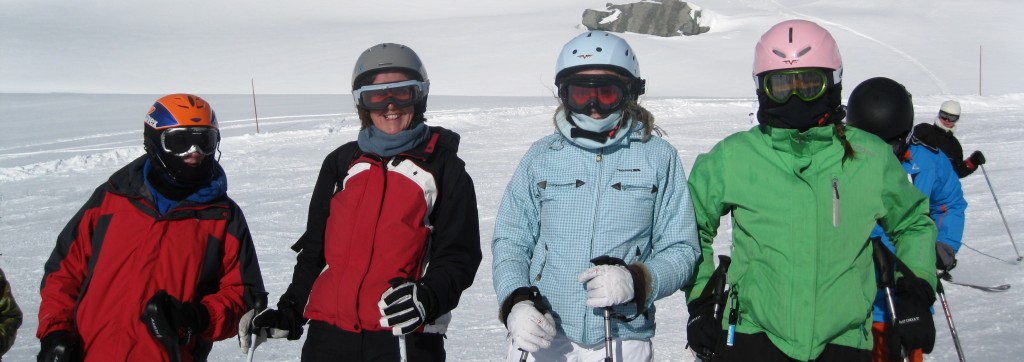Helmet Safety
Since the death of freestyle skier Sarah Burke earlier in the month during halfpipe training, there has once again been considerable debate about safety on the slopes and especially the pros and cons of helmet wearing whilst skiing/snowboarding.
Even though Burke was wearing a helmet at the time of her accident, Dr. Alan Hoffer, a neurological surgeon at University Hospitals Case Medical Center in Cleveland, Ohio, points out that even this type of head protection will not prevent all injuries to the brain.
“The goal of helmets and any protective equipment in general is to buffer the effects of an impact.”
“Even casual skiers do have some risk,” he continues. His advice to all is to approach the slopes with caution and to control your speed: “You can never tell when you’re going to catch an edge and go flying head over heel. People run into lift poles or jumps and come down badly. Know your limitations. Don’t go on a run that’s too difficult. And make sure you’re somewhere that if you do need help, you can get it.”
Learn how to choose the right helmet for you and your children and read more about the pros and cons of helmet wearing by clicking our Helmet Safety feature.
[All information or advice given on this site is meant for guidance only and readers must be responsible for determing whether such information or advice applies to their particular circumstances. Your use of any information, products, services or materials on this website is entirely at your own risk, for which we shall not in any way be liable. No warranty is given as to the accuracy of any information and FamilySkiNews accepts absolutely no liability for its content or advice.]









